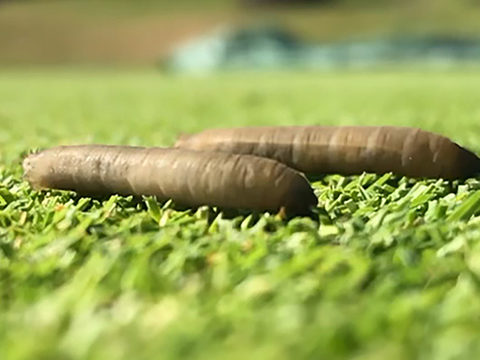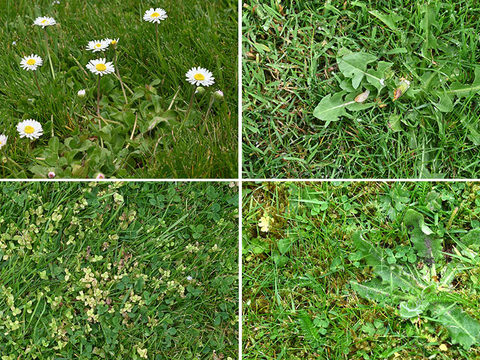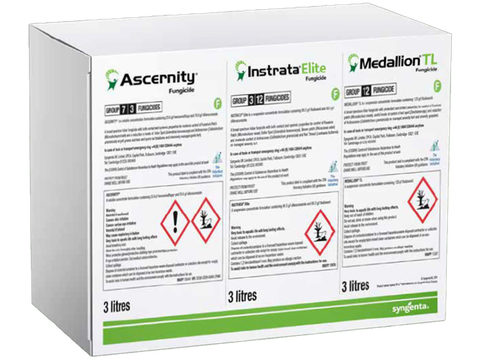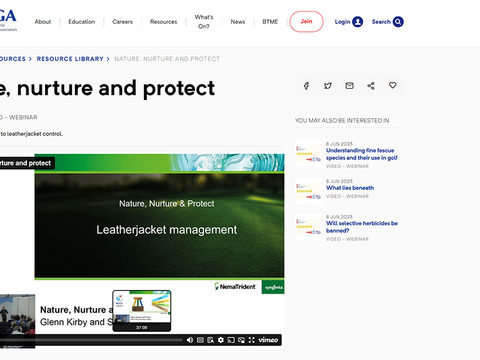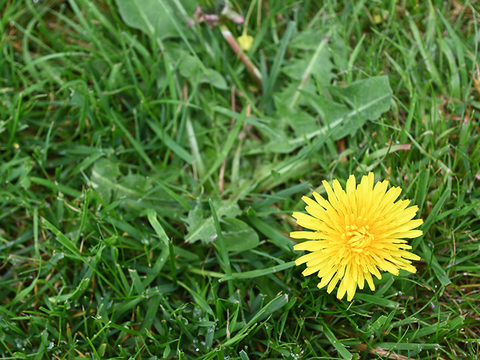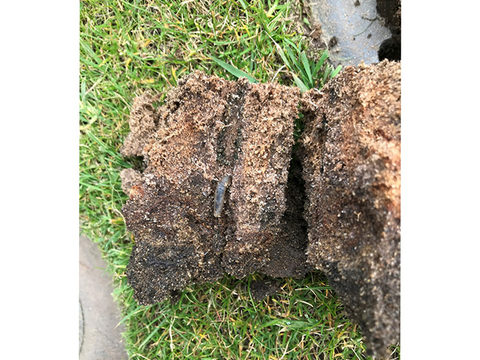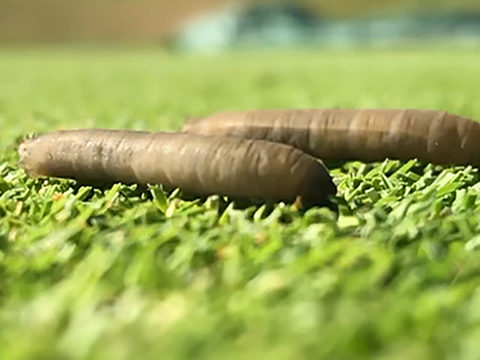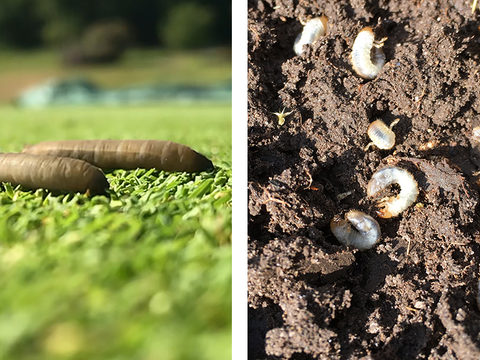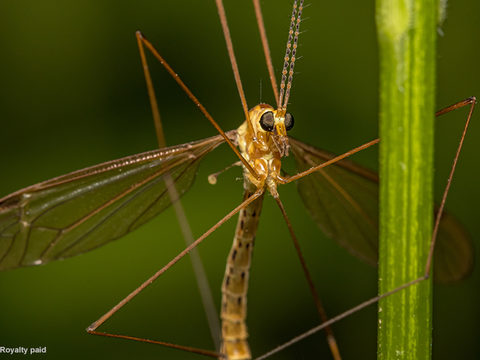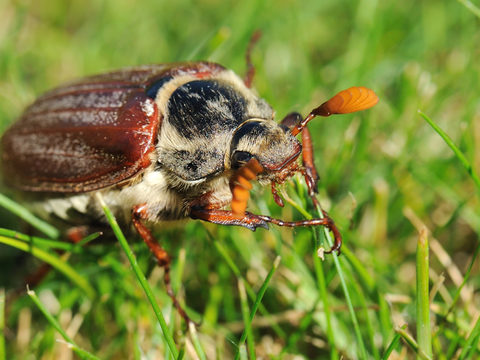GreenCast in UK and Ireland - GET MORE FROM SUMMER DISEASE CONTROL

Summer outbreaks of Fusarium may not cause the large-scale damage seen in winter, but, at a time when all players expectthe very best possible greens quality, any complaints can be especially vociferous.
To justify fungicide treatments in the summer, however, greenkeepers need to be getting something extra from any application, according to Syngenta Business Manager, Daniel Lightfoot.
As a former Course Manager and Master Greenkeeper, Dan recognised the additional attributes of Heritage Maxx, to also protect against Fairy Ring and to promote turf health, could help to ensure greens quality remained high right through the season.

"The combination of early summer warmth and wet - from rain or irrigation - can quickly lead to damaging outbreaks of Fusarium on soft leaf tissue, which has already been widely reported this season," he commented.
"Any short periods of stress can see disease flare up. Whilst disease infection will grow out, the unacceptable effects of scar damage on playing surface quality could persist for weeks - especially with many club competitions coming up over the summer."
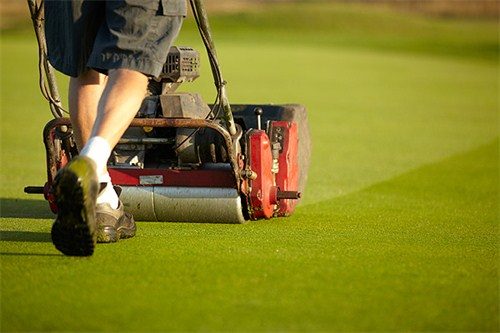
With turf actively growing, Dan highlighted that systemic movement was crucial, since contact or local penetrant fungicide treatment would quickly grow up the leaf and be mown off; a 3mm leaf growing at 0.4mm a day would see contact fungicide retention halved in just four days.
"With Heritage Maxx, the active continues to be taken up by the crown and roots and moved up through the turf to the growing leaf. That ensures sufficient fungicide active remains in the leaf to prevent disease for longer," he pointed out. "The continual recycling and redistribution of the active can give prolonged protection."
Furthermore, the activity of Heritage Maxx on soil-borne pathogens has been shown to further help with protection against summer Fairy Ring outbreaks and positively reduce the damaging effects of Take-all.
Application advice
Syngenta application research has shown optimum results to target soil-borne pathogens can be achieved by spraying at a relatively low water volume, of just 200 to 300l/ha, and irrigating with 2mm to 5mm of water as soon as possible to move the Heritage Maxx into the root zone.
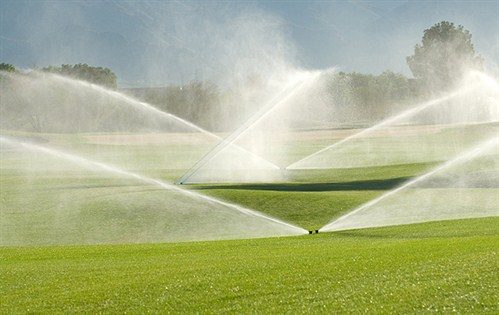
The work has seen no significant advantage from spiking or aeration prior to application - a process that most would prefer to avoid in the run up to competitions. Mechanical aeration also risks imparting stress on the turf that could trigger an outbreak of disease.
Further research is planned to look at the role of Qualibra wetting agent to retain soil moisture in the root zone for longer, that could maximise the root uptake of the Heritage Maxx.
Dan added that with the prolonged root uptake of Heritage Maxx, the dual action of targeting both soil-borne and foliar pathogens ensured none of the activity was wasted.
"Our research has also shown that Heritage Maxx can positively enhance turf health, and provide the plant with a natural buffer to resist the damaging effects of a range of stress factors. Turf enhancement is an extremely effective pre-stress conditioning route to improving surface condition of greens and player satisfaction."

Greenkeepers and turf agronomists can use the Greencast five-day forecast of local disease risks to help identify potential issues and proactively time preventative fungicide applications. A wealth of technical information and practical turf management tools has been specifically designed to ensure progressive turf managers get the best from every application.

